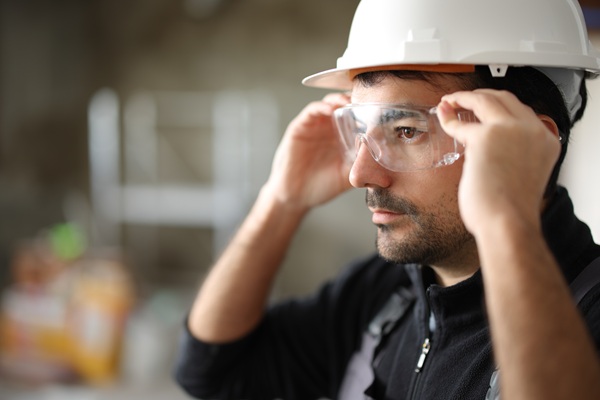Signs Your Child Needs to See an Optometrist

Your child should see an optometrist at an early age. Children with eye problems or vision conditions usually face numerous barriers in life, socially, athletically and academically. However, these barriers can be broken down with high-quality eye care. Parents need to watch out for specific signs that may indicate eye and vision problems in children.
Signs of eye and vision problems
Sight issues in infants can contribute to developmental delays. The brain of a child learns how to use the eyes and to see properly. The longer vision problems go undetected and untreated, the higher the chances that a child’s brain will learn to accommodate them. Early detection and treatment are vital in making sure children can learn to see clearly.
Parents can help ensure that their children’s eyes and vision develop well. This entails identifying signs of eye and vision problems. If a parent notices any of the common signs, taking the child to see an optometrist should be prioritized.
Myopia
Myopia, also known as nearsightedness, is a condition in which individuals can see objects close to them clearly but things that are far away appear blurred. Myopia first develops in school-age children and progresses until about age 20. It can be inherited and may also develop in adults. Some signs of myopia include headaches and eye fatigue. Children with myopia also struggle to read the whiteboard at school and usually need to sit closer to it.
Hyperopia
Hyperopia or farsightedness is when people can see distant objects very clearly but close ones fail to come to proper focus. Hyperopia happens if the eye is too short or the cornea does not have enough curve. In such cases, the eye cannot correctly focus the light that enters. Signs of hyperopia include eye strain, struggling to concentrate and maintain a clear focus on things that are close, headaches, burning or aching eyes and irritability.
Strabismus
Strabismus is a visual disorder in which the eyes are not properly aligned. They do not work together to look at an object. In this case, the eyes do not look at the same place. A child with strabismus may rub both or one eye often. The child may also squint, tilt the head or close one eye, in order, to see things better.
The condition often develops in infants and young children, usually by age 3. Adults and children who are older can also develop it. Some people believe that children with the condition will outgrow it, but this is not true. It can even get worse without treatment. Children older than four months should be examined by optometrists if the eyes do not seem to be aligned all the time.
Schedule an appointment with your optometrist
Children should get regular eye exams. The exams help diagnose and treat eye diseases and any other problems in the early stages before they become worse. Signs and symptoms such as frequent eye rubbing, headaches, tilting the head, covering one eye and constant eye turning may indicate vision problems. If you notice any of these signs, contact an optometrist as soon as possible.
Request an appointment here: https://www.texasoptical.net or call Texas Optical at (214) 771-7333 for an appointment in our Dallas office.
Check out what others are saying about our services on Yelp: Optometrist in Dallas, TX.
Recent Posts
Dry eye treatment options range from simple artificial tears to sophisticated in-office technologies, and choosing the most effective approach starts with a clear understanding of why the tear film loses stability. An optometrist evaluates tear quantity, lipid balance, and ocular-surface integrity to build a personalized plan that restores comfort and sharp vision. An individualized strategy…
Safety glasses play a critical role in protecting vision across various environments, from construction sites and laboratories to sports fields and home workshops. Selecting the right safety glasses ensures effective eye protection without compromising comfort, visibility, or durability. Whether worn for occupational tasks, athletic activities, or everyday projects, proper safety eyewear helps prevent injuries and…
Glaucoma treatment begins with a detailed evaluation to understand the full health of the eyes. This visit plays a key role in diagnosing glaucoma early and creating a care plan to help prevent vision loss. Knowing what to expect can make the process easier and help patients feel more at ease.Every glaucoma treatment evaluation begins…
Contact lens exams are fundamental to maintaining clear vision and promoting overall eye health. Many individuals rely on contact lenses for daily activities, sports, and social events, yet consistent monitoring of lens fit and eye condition often receives less attention than it deserves. An optometrist specializing in evaluating the cornea, tear film, and general ocular…


